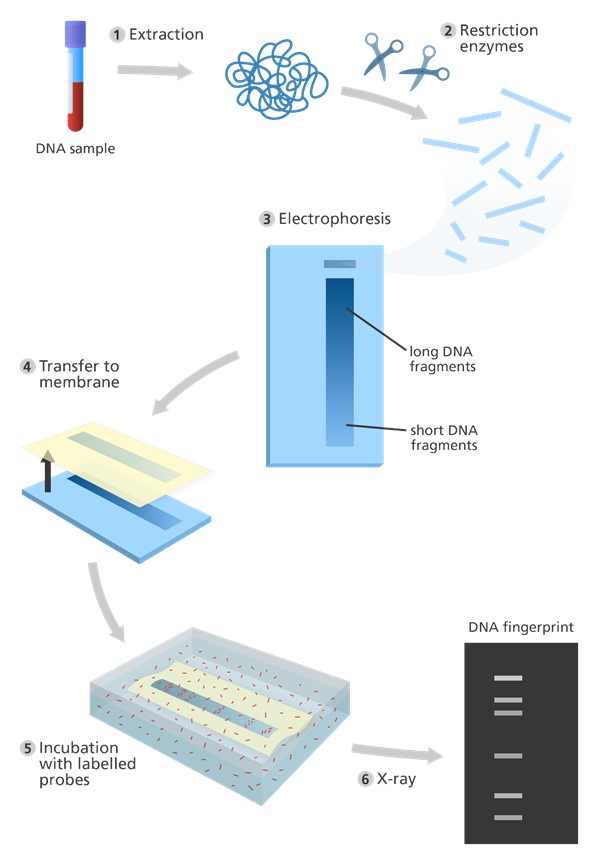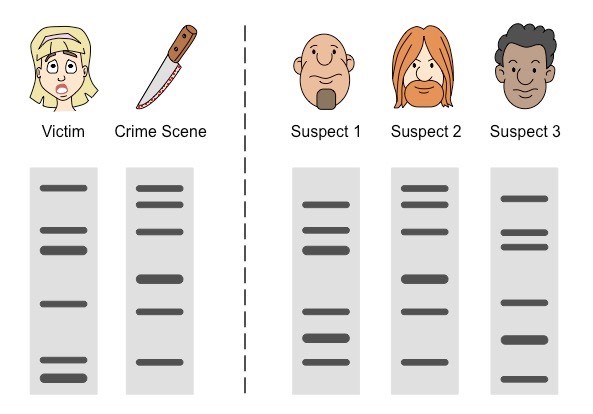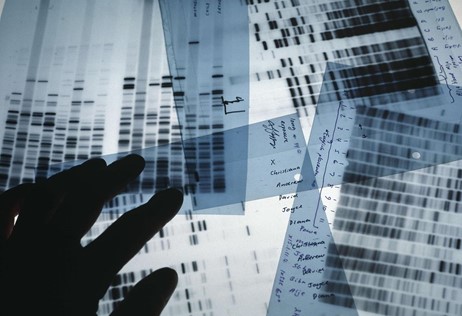DNA fingerprinting, also known as DNA profiling, is a state-of-the-art technique that can be used for the identification of individuals based on their specific and unique genetic makeup. While individuals may have a similar hair and eye color, and may even have comparable facial highlights, they won't have exactly similar DNA. This makes the technique helpful in more precise solving of crime scenes. Scientists of the forensic department make a comparison of the DNA found at a crime location (from blood or semen, for instance) to DNA samples taken from suspects. DNA profiling has revolutionized the criminal justice system over the past decades. It has even enabled the law enforcement from exonerating people who have been convicted wrongfully of crimes which they didn’t commit.
The initial phase in DNA profiling is to obtain relevant DNA samples. Just a few cells from an individual's skin or hair root — or from body fluids like saliva, blood, or semen — is required to construct a one-of-a-kind DNA profile. DNA can be often found at crime scenes during police examinations, after which people of interest might be asked to voluntarily provide a sample of their DNA.

When forensic researchers get a sample, they separate the DNA from cells in tissues and body fluids and duplicate it. These copied markers are then separated using a technique called capillary electrophoresis. This helps them in identifying the markers that are distinct from each other and the number of repeats for different markers within each allele. The researchers then read this information using a chart known as electropherogram, which plots the fragments of DNA and shows the number of repeats for every marker and the position where they occur. In light of this chart, forensic researchers create a DNA profiling definition that can be read by the law enforcement professionals. This definition comprises of a basic rundown of numbers that indicate the number of repeat units in every allele of 20 marker points all through the individual's genome.
Another aspect, which is the database technology allows law enforcement professionals to comb through huge volumes of DNA data that have been stored in computer databases. This allows them to have better odds of coming across matches for materials collected at crime scenes.

The Federal Bureau of Investigation (FBI), for instance, depends on the Combined DNA Index System, also known as CODIS, which utilizes DNA technologies and computer for comparison of DNA profiles. It can produce investigative leads in situations where biological evidence, like semen or blood, has been found from a suspected crime location. Each of the CODIS profile has an identifier for specimens, the handling lab's identifier, and the real DNA profile. Law enforcement in various jurisdictions can make use of CODIS for the co-ordination of share leads and distinct investigations. The matches that are generated through CODIS permit law enforcement to pinpoint the identity of a prime suspect.
In spite of the fact that DNA profiling, without a doubt has numerous reasonable uses, there are also some drawbacks. Questions have effectively been raised regarding the ethical implications of getting hold of criminals dependent on searches of their family's DNA. Various such occurrences and the fact that a great many people who use ancestry data sets are not aware of the fact that law enforcement might have the option to subpoena their information have been highlighted by the weekly scientific magazine, Nature. Storage of a person’s DNA even they have been convicted of committing a crime can be considered as violation of one’s basic human right to privacy.
DNA can likewise be manhandled, abused, or misconstrued resulting in miscarriages of justice. In 2011, an indiscreet lab blunder brought about an innocent man being charged with assault since his DNA was incorrectly found to coordinate with a semen sample obtained from the victim. It later turned out to be evident that the lab had mixed up its records. So, DNA is only one piece of the criminal equity puzzle and must not be relied on to the exclusion of other analytical and investigative tools.

